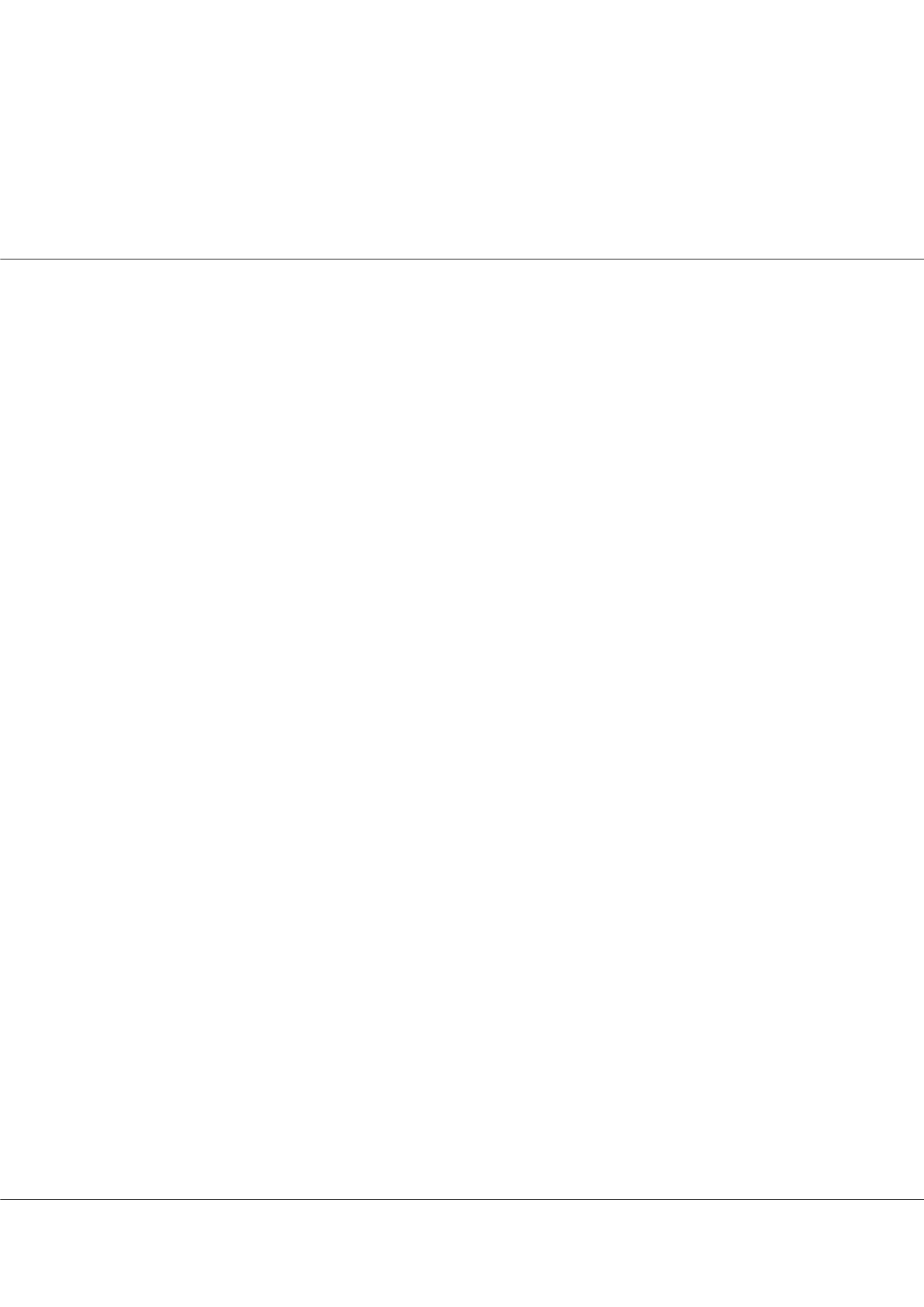

Page 28
Notes:
Journal of Remote Sensing & GIS | ISSN: 2469-4134 | Volume: 7
&
Geosciences and Remote Sensing
Geochemistry, Environmental Chemistry and
Atmospheric Chemistry
3
rd
International Convention on
October 19-20, 2018 | Ottawa, Canada
Exploring the sensitivity of soil sample numbers in digital soil mapping and then choosing a suitable
soil sampling plan
Long Guo
Huazhong Agricutural University, China
T
he soil sampling plan plays an important role in digital soil mapping because it can directly influence the quality of the
sample datasets and hypothesis testing of different soil models. However, traditional sampling methods pay more attention
to the geographical locations of the soil samples and ignore the spatial distribution characteristics of the soil types. The objective
of this research was to check the performance of three traditional soil sampling methods, namely, random sampling, grid
sampling and Latin hypercube sampling (LHS), and choose the suitable soil sampling numbers by three new indices: the ratio
of sampling efficiency to performance (RSEP), the number of soil samples index (NSSI) and the comprehensive evaluation
index of prediction accuracy (CEPA). Headwall hyperspectral sensors carried on a helicopter were used to collect visible and
near-infrared spectral images (400–1,700nm) to predict the continuous the soil total carbon (STC) map. Our results showed
that (1) hyperspectral images can be used to estimate the spatial distribution of STC at a spatial resolution of 3m, (2) the
performance of the grid sampling method was better than random sampling and LHS, and (3) RSEP can be used to choose a
suitable number of soil samples for the study region. Moreover, the actual field sampling plan can further certify the results
of this study, and the hyperspectral images and the RSEP can be helpful in choosing a suitable soil sampling plan based on
different demands and can offer useful information for digital soil mapping.
Biography
Long Guo has completed his PhD at the age of 28 years from Wuhan University. He is one lecturer at Huazhong Agricultural University now. He has published more
than 6 papers in reputed journals. His research focuses on the quantitative remote sensing of soil, the geostatistics, and the digital soil mapping.
guolong027@gmail.comLong Guo, J Remote Sensing & GIS 2018, Volume: 7
DOI: 10.4172/2469-4134-C2-014
















